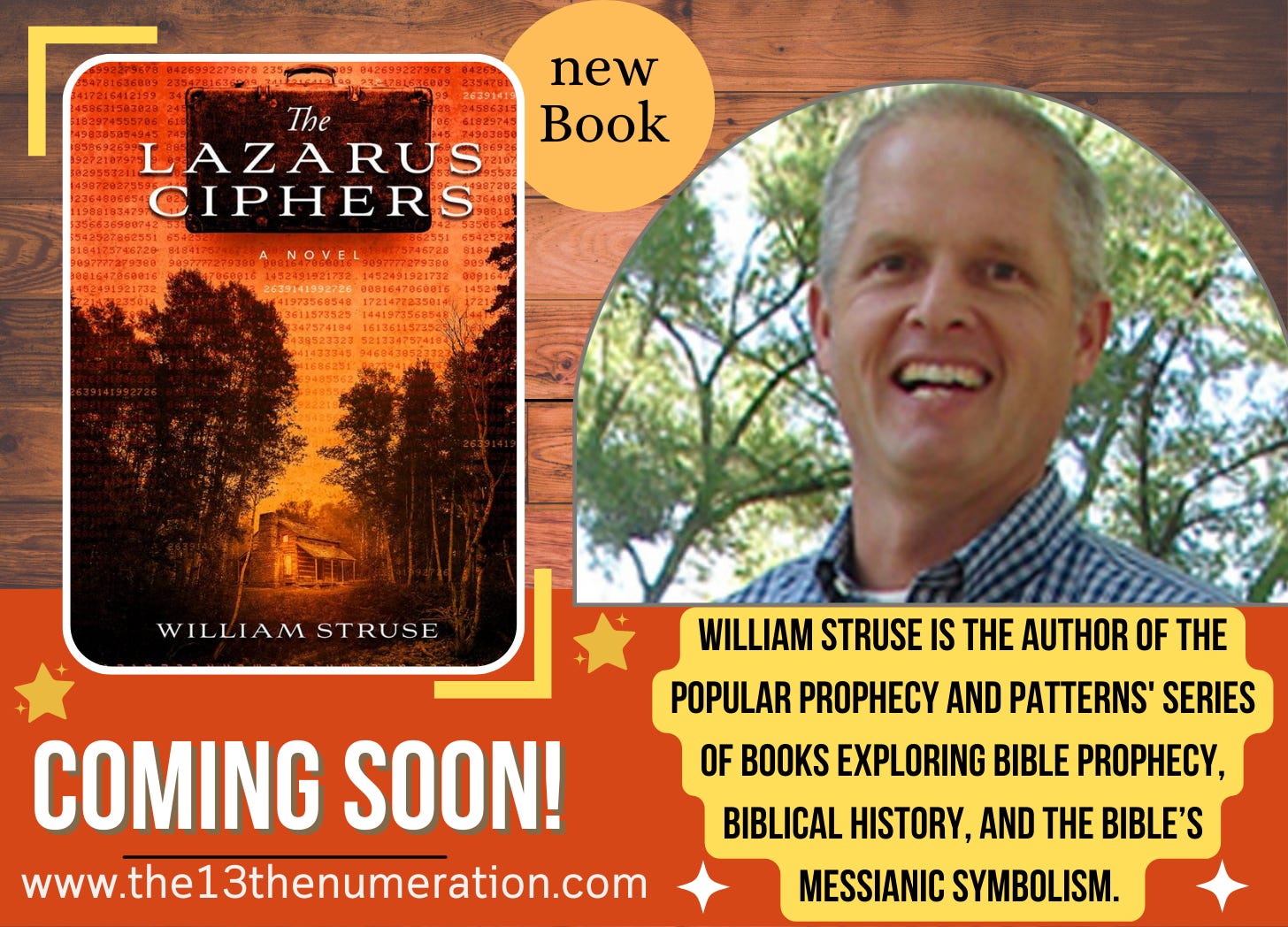Has the Bible ever so astounded you with the unexpected that you were compelled to reassess your estimation of its sacred words? Well, it happened to me this past year and I’ll never be able to look at its precious words in quite the same way again.
It was just a passage of 100 Hebrew words I’d read a hundred times before. But this time it was different. This time I was reading it with new interest inspired by the research I’d learned about just a few weeks before. That research was a series of articles written by professor Casper Labuschange that dealt with the numerical structure of the Bible. I’ve had a passion for Biblical studies for over 35 years and I’d never heard of this type of “numerical structure” in the Bible. So, I’d decided to see for myself. I set out to see if I could duplicate any of professor Labuschange’s impressive claims about the Hebrew text using other passages of Scripture.
For some time, scholars have recognized that the Bible was written by many different authors using a variety of literary methods. Its pages contain short stories, epic tales, songs of praise, ancient chronology, ancestral lists, sacred poems, prophetic utterances, heartbreaking laments, divine words, great tragedies, and redemptive triumphs to name just a few of its many compositions. Sometimes these passages are literary works of art that used sophisticated compositional techniques such as acrostic poetic form or chiastic structure.





